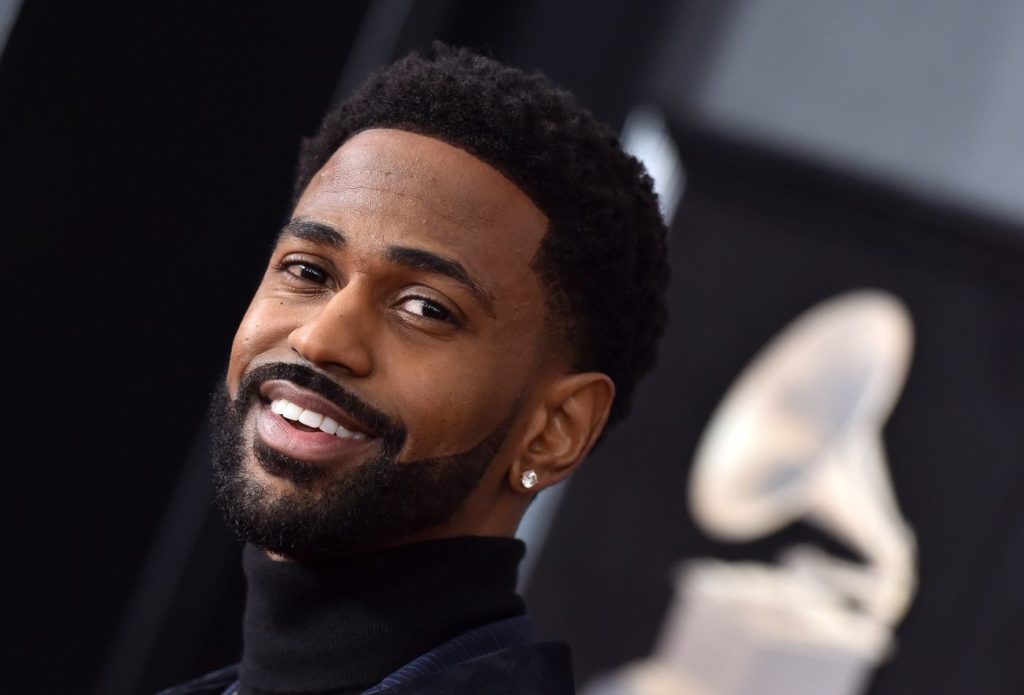Of all the bands that emerged immediately after punk rock in the late 70s, few were as hard-core and popular as The Cure. Thanks to the prolific work of guitarist and vocalist Robert Smith (born April 21, 1959), the band became famous for their slow, dark performances and depressing appearance.
The Cure started off with more unpretentious pop songs before slowly evolving into a textured and melodic band.
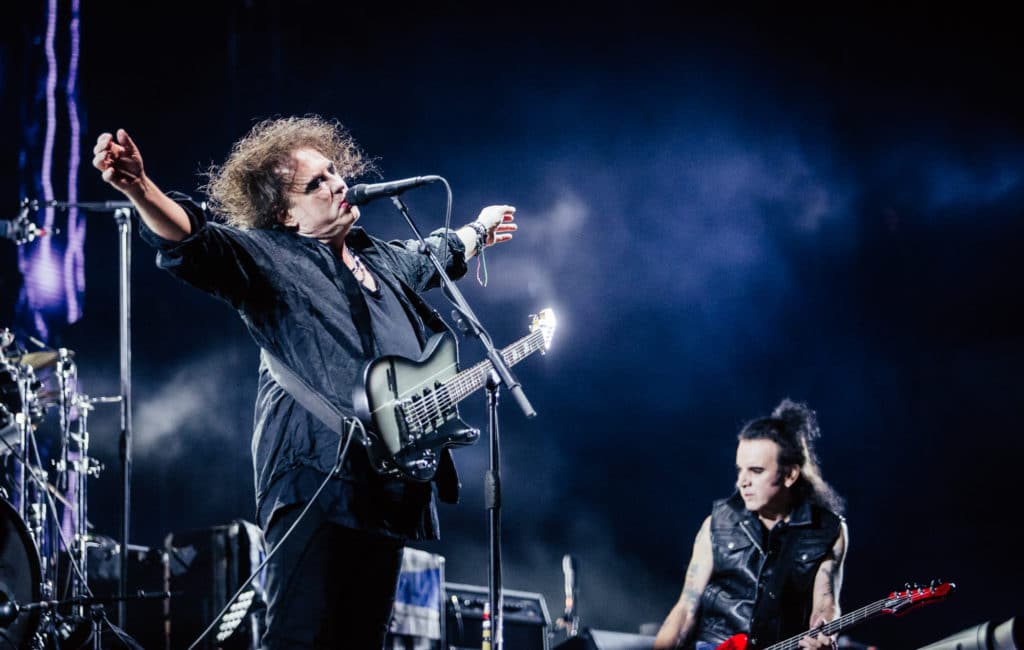
The Cure is one of the bands that laid the seeds for gothic rock, but by the time goth gained popularity in the mid-80s, the musicians had moved away from their usual genre.
By the end of the 80s, the band had moved into the mainstream not only in their native England, but also in the United States and various parts of Europe.
The Cure remained a popular live band and a fairly profitable record-selling band through the 90s. Their influence was clearly heard on dozens of new bands and into the new millennium, including many artists who had nothing close to gothic rock.
First steps
Originally called Easy Cure, the band was formed in 1976 by classmates Robert Smith (vocals, guitar), Michael Dempsey (bass) and Lawrence "Lol" Tolgurst (drums). From the beginning, the band specialized in dark, edgy, guitar-driven pop with pseudo-literary lyrics. This is evidenced by the Albert Camus-inspired "Killing a Arab".
A demo tape of "Killing a Arab" came into the hands of Chris Parry, A&R rep at Polydor Records. By the time he received the recording, the band's name had been shortened to The Cure.
Parry was impressed with the song and arranged for it to be released on the independent label Small Wonder in December 1978. In early 1979, Parry left Polydor to form his own label, Fiction, and The Cure were one of the first bands to sign him. The single "Killing a Arab" was re-released in February 1979 and The Cure embarked on their first tour of England.
"Three Imaginary Boys" and beyond
The Cure's debut album Three Imaginary Boys was released in May 1979 to positive reviews in the British music press. Later that year, the band released singles for the LP "Boys Don't Cry" and "Jumping Someone Else's Train".
That same year, The Cure embarked on a major tour with Siouxsie and the Banshees. During the tour, Siouxsie and the Banshees guitarist John McKay left the band and Smith replaced the musician. Over the next decade, Smith collaborated frequently with members of Siouxsie and the Banshees.
In late 1979, The Cure released the single "I'm a Cult Hero". After the release of the single, Dempsey left the group and joined the Associates; he was replaced by Simon Gallup in early 1980. At the same time, The Cure took on keyboardist Matthew Hartley and completed production on the band's second album, Seventeen Seconds, which was released in the spring of 1980.
The keyboardist greatly expanded the band's sound, which was now more experimental and often embraced slow, dark melodies.
After the release of Seventeen Seconds, The Cure began their first world tour. After the Australian leg of the tour, Hartley withdrew from the band and his former bandmates decided to continue without him. So the musicians released their third album in 1981, "Faith", and were able to watch how it rises in the chart to 14 lines.
"Faith" also spawned the single "Primary".
The Cure's fourth album, in the style of tragedy and introspection, was loudly called "Pornography". It was released in 1982. The album "Pornography" expanded the audience of the cult group even further. After the release of the album, the tour was completed, Gallup left the band and Tolgurst moved from drums to keyboards. In late 1982, The Cure released a new dance-tinged single, "Let's Go to Bed".
Working with Siouxsie and the Banshees
Smith spent most of early 1983 with Siouxsie and the Banshees, recording the Hyaena album with the band and playing guitar on the album's accompanying tour. That same year, Smith also formed a band with Siouxsie and the Banshees bassist Steve Severin.
After adopting the name The Glove, the band released their only album, Blue Sunshine. By the end of the summer of 1983, a new version of The Cure featuring Smith, Tolgurst, drummer Andy Anderson and bassist Phil Thornally recorded a new single, a cheery tune called "The Lovecats".
The song was released in autumn 1983 and became the band's biggest hit to date, reaching number seven in the UK charts.
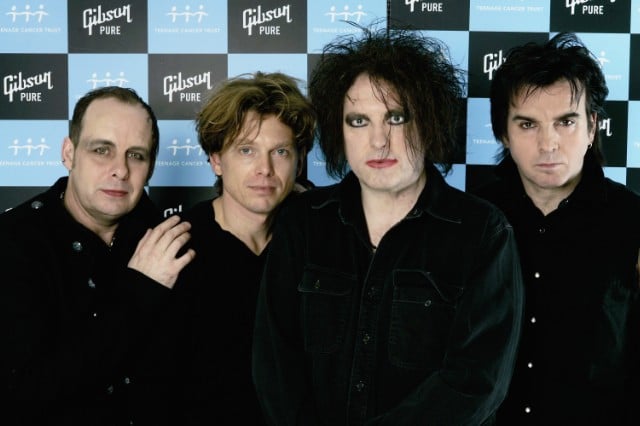
The renewed line-up of The Cure released "The Top" in 1984. Despite its pop leanings, the song was a throwback to the dull sound of the Pornography album.
During the world tour in support of "The Top" Anderson was fired from the group. In early 1985, after the tour ended, Thornally also left the band.
The Cure revamped their lineup again after his departure, adding drummer Boris Williams and guitarist Porl Thompson, while Gallup returned to bass.
Later in 1985, The Cure released their sixth album, The Head on the Door. The album was the most concise and popular record ever released by the band, helping it reach the top ten in the UK and number 59 in the US. "In Between Days" and "Close to Me" - the singles from "The Head on the Door" - became significant British hits, as well as popular underground and student radio hits in the USA.
Departure of Tolgurst
The Cure followed up on the breakthrough success of The Head on the Door in 1986 with the compilation Standing on a Beach: The Singles. The album reached number four in the UK, but more importantly, it gave the band cult status in the US.
The album peaked at number 48 and went gold within a year. In short, Standing on a Beach: The Singles set the stage for the 1987 double album Kiss Me, Kiss Me, Kiss Me.
The album was eclectic but became a true legend, spawning four hit singles in the UK: “Why Can't I Be You,” “Catch,” “Just Like Heaven,” “Hot Hot Hot!!!”.
After the Kiss Me, Kiss Me, Kiss Me tour, The Cure's activity slowed down. Before starting work on their new album in early 1988, the band fired Tolgurst, claiming that the relationship between him and the rest of the band had been irrevocably damaged. Tolgurst would soon file a lawsuit, claiming that his role in the group was more important than what was stated in his contract and therefore he deserved more money.
New album with new lineup
Meanwhile, The Cure replaced Tolgurst with former Psychedelic Furs keyboardist Roger O'Donnell and recorded their eighth album, Disintegration. Released in the spring of 1989, the album was more melancholy than its predecessor.
However, the work became a real hit, reaching number 3 in the UK and number 14 in the US. The single "Lullaby" became the band's biggest UK hit in the spring of 1989, peaking at number five.
At the end of the summer, the band had the most famous American release of the hit "Love Song". This single moved up to second place.
Wish
During the Disintegration tour, The Cure began playing arenas in the US and UK. In the fall of 1990 The Cure released "Mixed Up", a collection of remixes featuring the new single "Never Enough".
After the Disintegration tour, O'Donnell left the band and The Cure replaced him with their assistant, Perry Bamonte. In the spring of 1992, the band released the album Wish. Like "Disintegration", "Wish" quickly gained popularity, charting at number one in the UK and number two in the US.
The hit singles "High" and "Friday I'm in Love" were also released. The Cure embarked on another international tour after the release of "Wish". One concert performed in Detroit was documented in the film The Show and in two albums, Show and Paris. The film and albums were released in 1993.
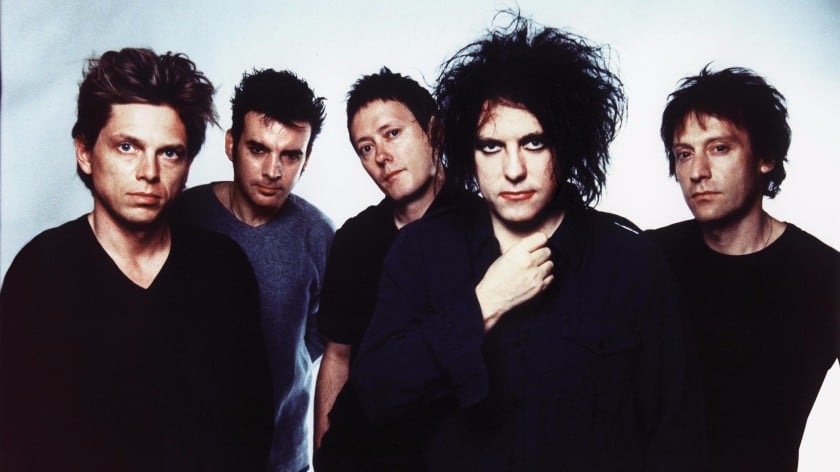
Continued litigation
Thompson left the band in 1993 to join Jimmy Page and Robert Plant. After his departure, O'Donnell returned to the band as keyboardist, while Bamonte switched from keyboard duties to guitar.
For most of 1993 and early 1994, The Cure were sidelined by an ongoing lawsuit from Tolgurst, who claimed co-ownership of the band's name and was also trying to restructure his rights.
A settlement (a decision in favor of the band) eventually came in the fall of 1994, and The Cure turned their attention to the task before them: to record the next album. However, drummer Boris Williams left just as the band prepared to start recording. The band found a new percussionist through advertisements in British music papers.
By the spring of 1995, Jason Cooper had replaced Williams. Throughout 1995, The Cure recorded their tenth studio album, pausing only to perform at a few European music festivals during the summer.
An album called "Wild Mood Swings" was released in the spring of 1996, preceded by the single "The 13th"
Combination of popular music with gothic
"Wild Mood Swings", a combination of pop tunes and dark beats that lived up to its title, received mixed critical reviews and similar sales.
Galore, The Cure's second collection of singles focusing on the band's hits since Standing on a Beach, appeared in 1997 and featured a new song, Wrong Number.
The Cure spent the next few years quietly writing a song for the X-Files soundtrack, and Robert Smith later appears in a memorable episode of South Park.
Lull in work
2000 saw the release of Bloodflowers, the last of the band's classic albums. The album "Bloodflowers" was well received and had a good success. The work also received a Grammy Award nomination for Best Alternative Music Album.
The following year, The Cure signed Fiction and released the career-spanning Greatest Hits. It was also accompanied by the release of a DVD of the most popular videos.
The band spent some time on the road during 2002, ending their tour with a three-night show in Berlin, where they performed each album of their "gothic trilogy".
The event was captured on the home video release of Trilogy.
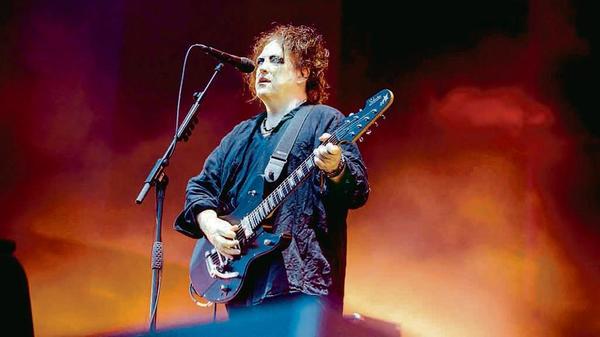
Reissues of past records
The Cure signed an international deal with Geffen Records in 2003 and then launched an extensive re-release campaign of their work "Join the Dots: B-Sides & Rarities" in 2004. Extended releases of their two-disc albums soon followed.
Also in 2004, the band released their first work for Geffen, a self-titled album recorded live in the studio.
A heavier and darker album than "Bloodflowers" was designed in part to appeal to a younger audience familiar with The Cure due to their influence on a new generation.
The Cure underwent another lineup change in 2005 when Bamonte and O'Donnell left the group and Porl Thompson returned for a third term.
This new keyboardless line-up debuted in 2005 as a headliner at the Live 8 Paris benefit concert before heading to the summer festival, highlights of which were captured in the 2006 DVD collection.
In early 2008, the band completed their 13th album. The album was originally conceived as a double album. But soon it was decided to put all the pop material in a separate work called "4:13 Dream".
After a three-year hiatus, the band returned to touring with their "Reflections" tour.
The band continued to tour throughout 2012 and 2013 with festival shows in Europe and North America.
In early 2014, Smith announced that they would be releasing a sequel to "4:13 Dream" later that year, as well as continuing their "Reflections" tour with another series of full album shows.


